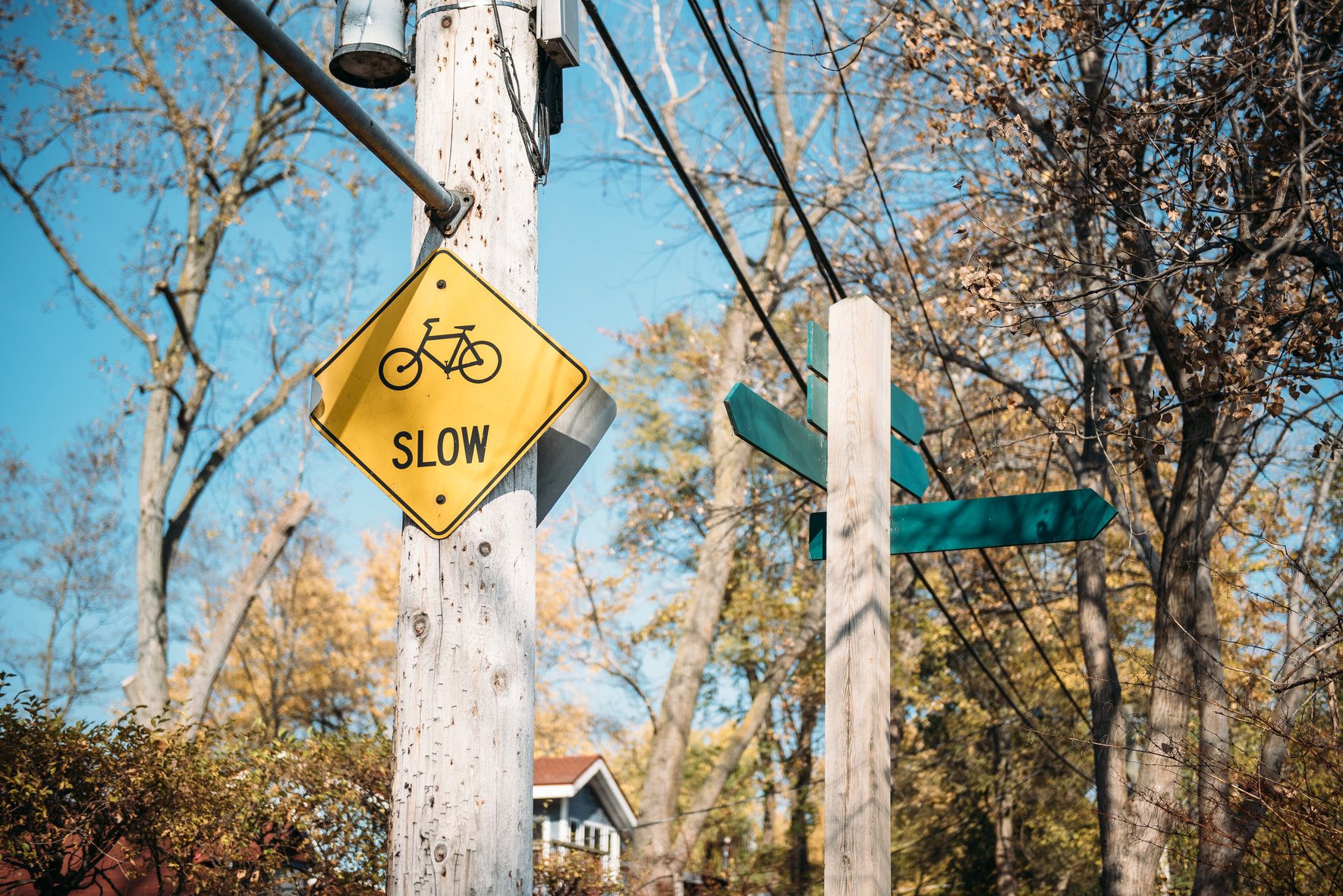Out of 100 readers, only 2 will actually read your blog.
This is according to HubSpot’s State of Inbound report in 2017. This means your page views shouldn’t be the only thing you’re looking at. Because even when you’ve got five-digit page views, your high bounce rate shows that only a few users actually engage with your page.
What exactly is a bounce rate?
A bounce rate is a bit like entering a store, not really going through the racks and displays, and leaving without touching anything. In essence, “bouncing out.” When users bounce out of your website, it means they landed on your page and left without really doing anything—they didn’t fill out your forms, didn’t click on any of your links.
When should the bounce rate concern you?
If you're looking to convert users into qualified sales leads, then yes, a high bounce rate should be a cause of concern. To make someone buy something from a store, a great salesperson would show a customer around, make him try out a few items, get him to fill out the logbook for his contact details, convince him to sign up for a discount membership card. In web speak, you must at least be able to get users to navigate through your site menu, click on internal or external links on your pages, and fill out your forms.
What are the reasons for a high bounce rate for your blog?
Content quality aside, many of the reasons for a high bounce rate are web-development issues, such as slow page loading, broken links, poor UI and UX. We’ve enumerated the reasons below and offer solutions you can adopt for your page.
1. Poor design and usability

You’ve visited websites before with a confusing interface (Where is the navigation bar on top? Where is the menu “burger”?), confusing grids, and intrusive ads or banners. Badly designed pages diminish a user’s trust on the site, and make him bounce out more quickly than you can say “Don’t leave!”
Yes, looks still do matter even in the worldwide web, so pay attention to how your site is designed so as to enhance its usability. By this, we mean the following:
- Do away with confusing fonts.
- Make sure the page grid is organised sensibly.
- Don’t feel pressured to fill up every corner with text or images.
- Break up text into blocks or bullets.
- Choose good contrasting colours, mainly for readability.
Better yet, ask a UI and/or UX designer to go through your pages and see how you can make your site’s layout and navigation more intuitive for users.
Read: How we built Coast Cycle's eCommerce website
2. Page loads slowly

Did you know that 40% of people abandon a website that takes more than 3 seconds to load? If you’re looking to see your site visitors go down the sales funnel, you have to make sure you give them what they need from you in 2 seconds, tops.
First, check your loading time through this free tool. If the loading test results show longer loading times, enlist the help of a web developer to help you go through the components of your pages to see which elements are causing the delay.
Alternately, you may also check for the following:
- Too large images or files to load
- Too many images on the page
- Too many javascript effects
- Too many requests made to the server

3. Intrusive ads, CTAs, and pop-ups
Ever visited a website only to have the entire page blocked by a full-screen popup ad? Some videos also autoplay, turning off users by making them feel like they’re less in control.
If your website is ad-supported, make sure you curate the advertisements that appear on your page (this involves a talk with your advertisers on the kinds of ads that you allow on your site). A website containing ads that are still relevant to your primary business offering makes it look doubly helpful to users, and more trustworthy (Imagine if a website offering software programs contained ads featuring weight-loss tips and diet pills?).
Also check Google’s guidelines on helping users more easily access the content on your website. This could improve your chances of ranking on page 1 of search results.
4. Broken links

“Page not found”—the so-called last page of the internet. It’s a lot like asking for directions and being given street names that don’t actually exist. Who wouldn’t want to bounce from a place that doesn’t lead them anywhere?
Check that the links on your pages are still working. Again, free tools on the web allow you to do this, like Broken Link Check.
Why don’t you go the extra mile and design your 404 pages so that it redirects users to other pages on your website? Check out this compilation from UX Planet for the most creative 404 pages on the web.
5. Not mobile-responsive

We don’t need to tell you that everyone—and we mean everyone—is mobile. We mentioned in this blog post that a majority of Singaporeans online are browsing the internet from mobile gadgets.
So get your web developers to ensure your website will load properly from a tablet or smartphone. Otherwise, you won’t be able to lower bounce rates from mobile users who land on your page, then leave when they have to scroll from left to right.
If you're ready to take on a website design or development project, we may be able to help. Just click below and we'll get in touch.

Image source and credits: Pexels; Pexels; Cooklet; and Pexels
Header image: Deposit Photos